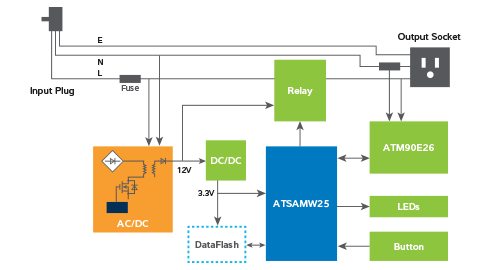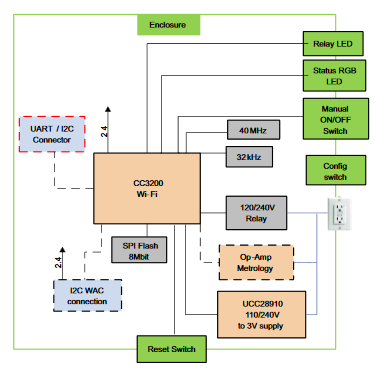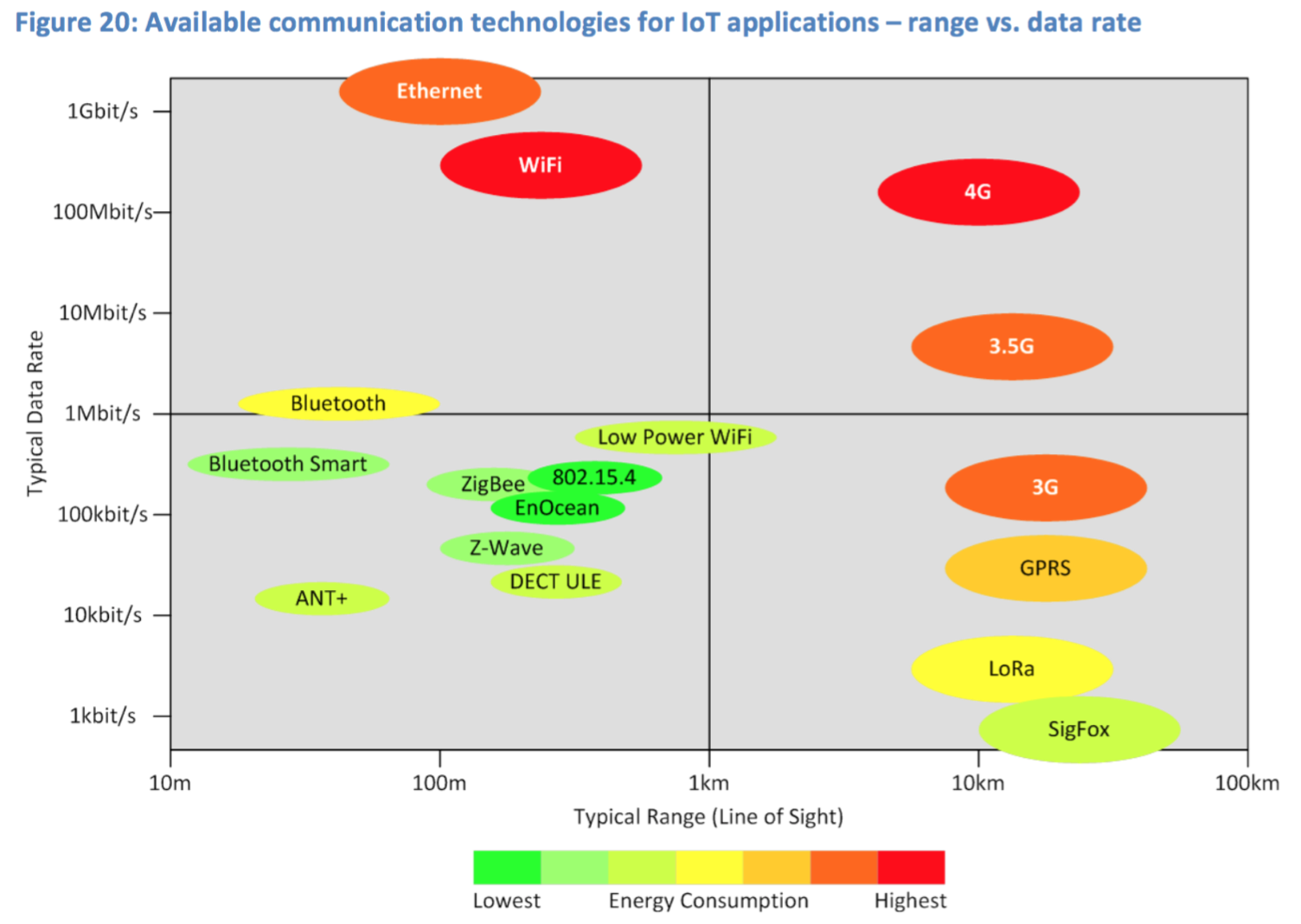I see a lot of Wi-Fi sockets or plugs etc, but no one ever mentions how much power they consume themselves. They are typically connected to Wi-Fi constantly, waiting for commands. Does this not take power? I know it's probably (hopefully) less than the device whose standby we are trying to reduce, but has anyone tested the power usage of smart plugs or switches?
I know there are many different types, but is there a difference in usage between low cost knockoffs and big brand smart switches?
What about those ones that use normal remote controls that are usable without Wi-Fi? Usually RF signals, also using some amount of power constantly right?


